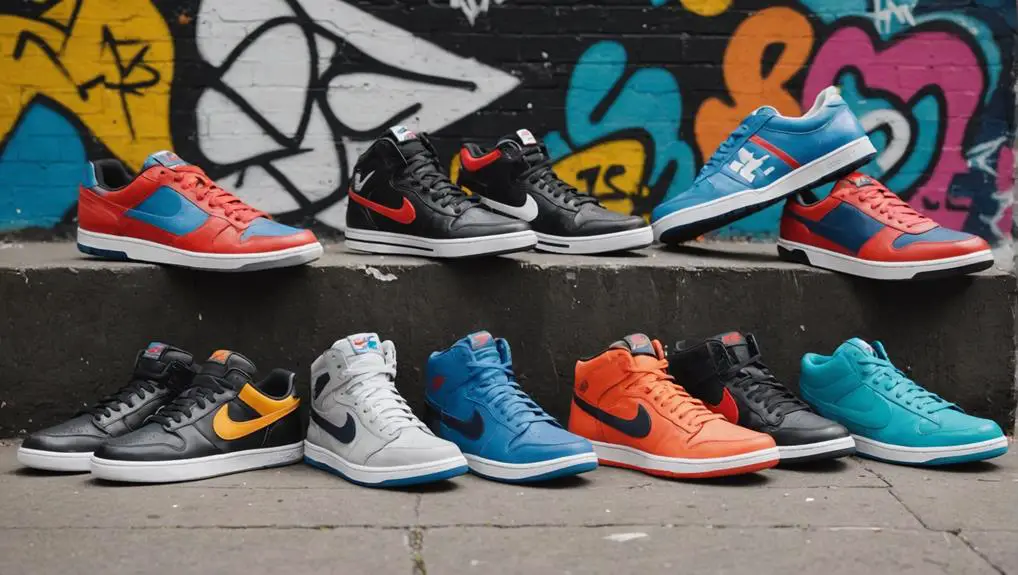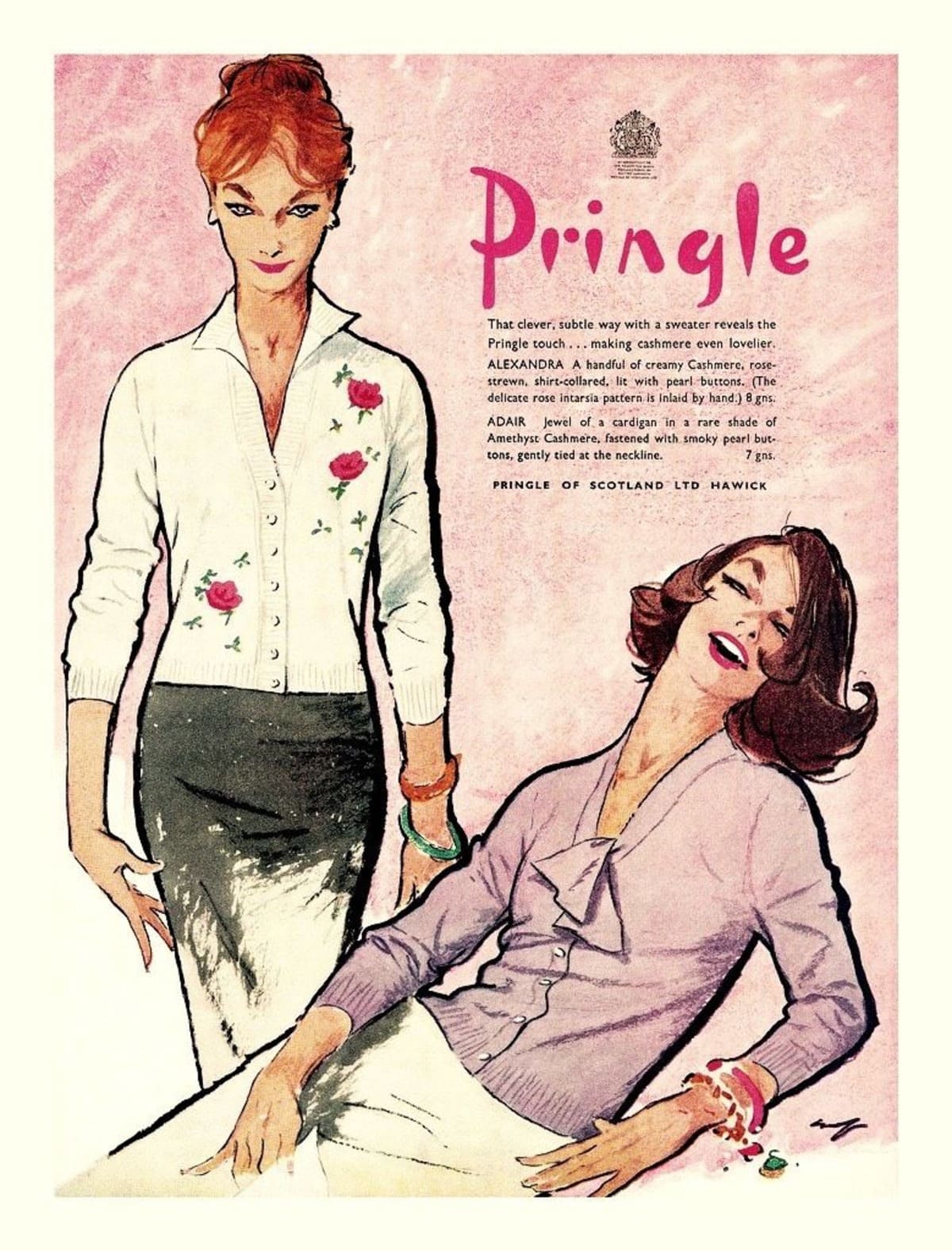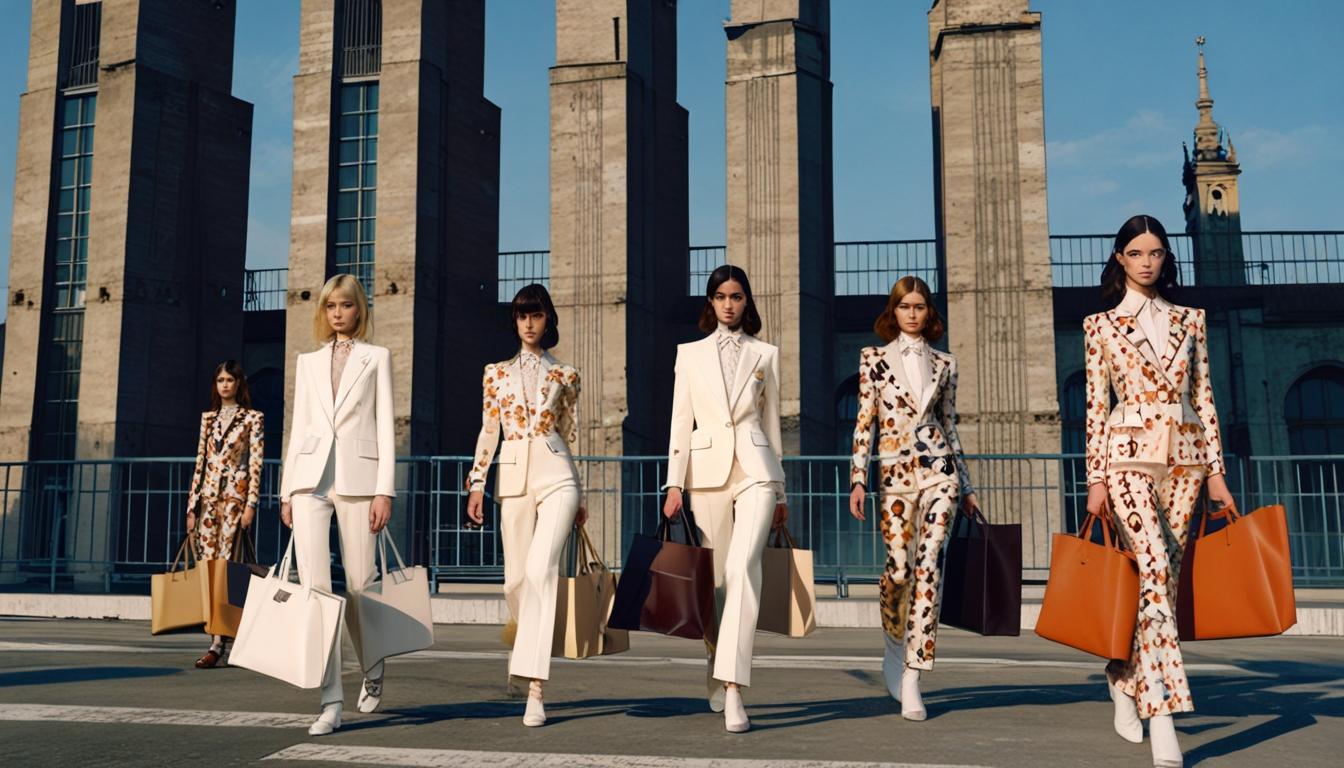In the 2010s, men's trainers transformed into a cultural phenomenon, driven by innovative designs and celebrity collaborations. You saw iconic releases like the Air Jordan 11 Concord and adidas UltraBOOST, which blurred the lines between athletic wear and high fashion. The rise of social media amplified demand and created a thriving resale market, with limited editions fetching thousands. Sustainability became essential, as brands introduced eco-friendly materials and practices. Additionally, smart technology, like auto-lacing systems, redefined functionality. Overall, trainers epitomized a lifestyle shift. The decade set the stage for exciting developments ahead. Curious about what's next?
Evolution of Sneaker Culture
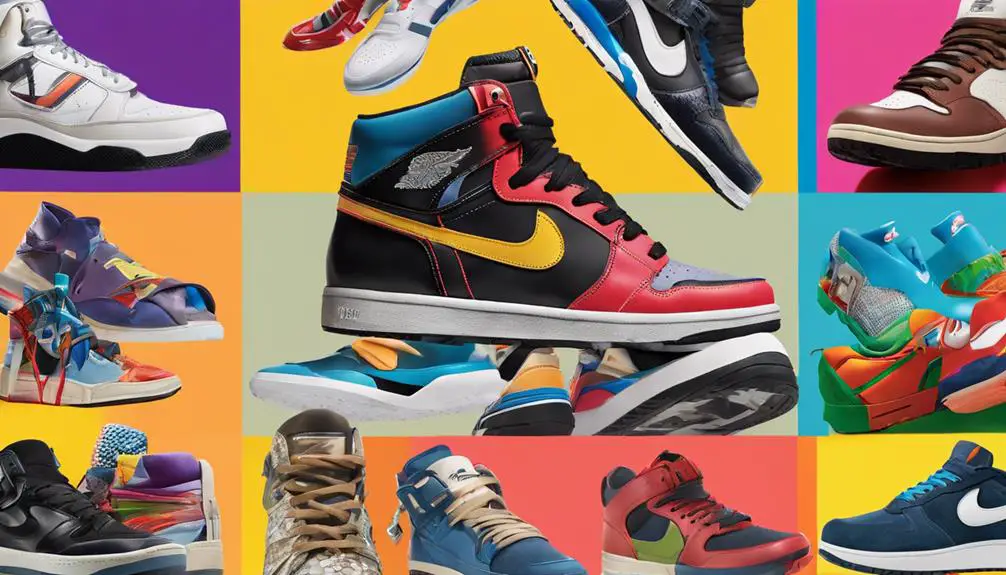
Sneaker culture evolved dramatically in the 2010s, transforming from a once niche interest into a dominant force in the fashion industry. This decade marked the emergence of sneakers as not just athletic gear but as essential fashion statements. The release of iconic models like the Air Jordan 11 Concord fueled an insatiable demand, leading to chaotic scenes at retail locations. Social media and digital platforms played a pivotal role, allowing sneaker enthusiasts to connect and share their passion, further driving hype around limited-edition releases.
Collaborations between sneaker brands and high-fashion designers, such as Off-White x Air Jordan 1, merged streetwear aesthetics with luxury, revitalizing consumer interest. This fusion not only showcased sneakers as fashionable items but also elevated their status in mainstream culture. Additionally, the rise of sustainable sneaker options reflected a growing awareness of eco-consciousness, catering to consumers who sought stylish yet responsible choices.
As a result, the sneaker market transformed into a multi-hundred-billion dollar industry, with a booming resale market emerging alongside. The 2010s certainly reshaped how you perceive and engage with sneakers, establishing them as a powerful cultural icon that transcends mere footwear.
Key Innovations in Footwear
The sneaker boom of the 2010s didn't just change consumer culture; it also sparked significant innovations in footwear technology. You saw the rise of 3D-printed sneakers, revolutionizing how brands approached customization and manufacturing. This technology allowed for personalized designs tailored to individual preferences, making shoes not just functional but also uniquely yours.
Nike took strides in enhancing convenience with its Adapt BB, launched in 2019, featuring an electronic device for automatic tightening. This innovation made it easier for athletes to get the perfect fit without fumbling with laces. Additionally, the Nike Hyperdunk 2012 showcased Flywire technology paired with a full LunarLon sole, providing lightweight support that improved performance on the court.
Sustainability also became a key focus, with brands like Adidas stepping up by creating footwear from recycled materials, including ocean plastic through their Parley initiative. Meanwhile, auto-lacing systems were exemplified by the Nike MAG, showcasing a futuristic approach to user convenience and a commitment to integrating technology into athletic footwear. These innovations didn't just enhance performance; they set a new standard for what you expect in your trainers, forever altering the landscape of men's footwear.
Iconic Releases of the Decade
Throughout the 2010s, a handful of iconic sneaker releases not only defined the decade but also reshaped the sneaker culture landscape. These releases showcased innovation and consumer demand, with Jordan Brand leading the way alongside other giants. Let's break down some of these landmark sneakers.
| Sneaker Model | Release Year |
|---|---|
| Nike Air Foamposite One Galaxy | 2012 |
| Air Jordan 11 Concord | 2011 |
| adidas UltraBOOST | 2015 |
| Nike KD 4 | 2011 |
| Off-White™ x Air Jordan 1 The Ten | 2017 |
The Air Jordan 11 Concord became a cultural phenomenon, enchanting sneaker enthusiasts with its limited availability. Meanwhile, the Nike Air Foamposite One Galaxy sparked chaos at its release, symbolizing the rising frenzy for exclusive drops. The adidas UltraBOOST revolutionized comfort and performance, making it a favorite in the athleisure movement. Additionally, the Nike KD 4 provided an affordable yet innovative option for both athletes and casual wearers. Finally, the Off-White™ x Air Jordan 1 bridged luxury and streetwear, setting new standards for exclusivity in sneaker culture.
Collaboration Trends in Sneakers
In recent years, collaborations between sneaker brands and fashion designers have transformed the landscape of footwear, injecting fresh creativity and excitement into the market. You've likely noticed that these partnership trends in sneakers have not only blurred the lines between streetwear and luxury but also created a frenzy among consumers. For instance, the Off-White™ and Nike collaboration on the Air Jordan 1 The Ten (2017) generated unprecedented hype, showcasing how merging these two worlds can elevate sneaker culture.
High-profile partnerships like fragment design x Air Jordan 1 High OG (2014) introduced avant-garde aesthetics to classic silhouettes, appealing to both sneaker enthusiasts and fashion aficionados. Similarly, Kanye West's YEEZY BOOST 350 (2015) set a new standard for accessible luxury, firmly establishing him as a major player in sneaker design.
Moreover, collaborations like Maison Mihara Yasuhiro's OG Sole Sneakers and KITH x Nike Air Force 1 Low reflect a persistent trend toward innovative reinterpretations of traditional styles. As you explore these collaboration trends in sneakers, it's clear that the influence of designers continues to reshape the sneaker landscape, driving demand and redefining what it means to wear a sneaker today.
The Resale Market Boom
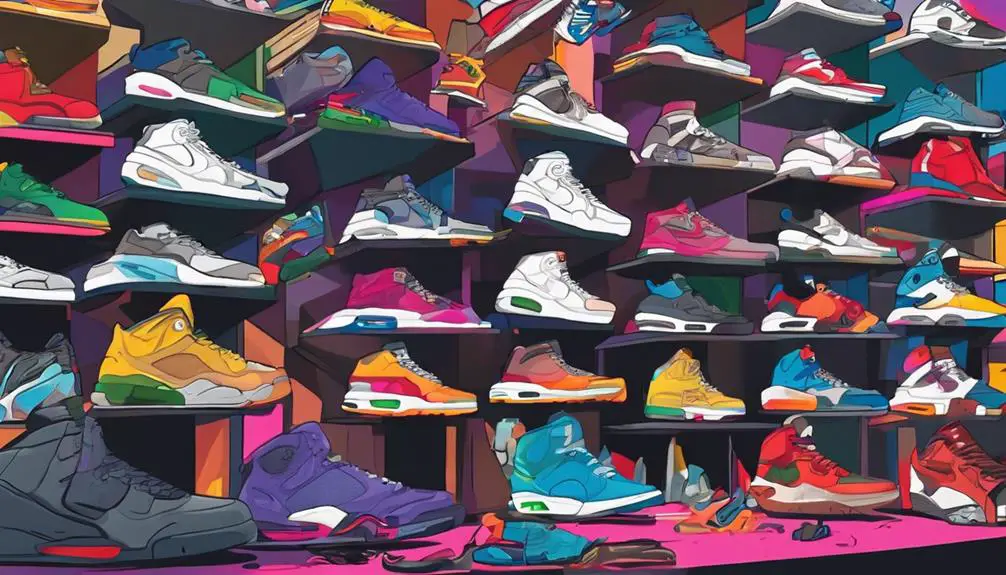
As sneaker collaborations skyrocketed in popularity, they inadvertently gave rise to a booming resale market that transformed how enthusiasts engage with footwear. Platforms like StockX and GOAT emerged, allowing you to buy and sell coveted limited-edition releases easily. This shift in sneaker culture meant that high-profile launches, such as the Nike Air Yeezy 2 Red October in 2014, drove resale prices to new heights, with some pairs fetching over $10,000 shortly after their release.
The imbalance between supply and demand fostered a culture of "flipping," where savvy individuals bought sneakers at retail prices and resold them for significant profits. Collaborations with celebrities, particularly Kanye West's YEEZY line with adidas, heightened hype and exclusivity, further fueling this resale boom. Brands took notice, adapting their release strategies to include raffles and online drops aimed at managing consumer demand while minimizing chaos at retail locations.
The rise of the resale market not only changed the dynamics of sneaker collecting but also solidified the importance of exclusivity and hype within sneaker culture, making it an essential aspect of the 2010s footwear landscape.
Influence of Basketball Stars
There's no denying that basketball stars played a pivotal role in shaping sneaker culture during the 2010s. Major NBA players like LeBron James, Kevin Durant, and Steph Curry not only elevated the popularity of basketball shoes but also transformed them into cultural icons. LeBron's signature line, especially the LeBron 8 in the South Beach colorway, showcased innovative designs that captured the attention of fans and collectors alike. Its status as a must-have item cemented LeBron's influence in the sneaker world.
Then you have Steph Curry, whose partnership with Under Armour marked a significant shift for the brand. The launch of the Curry 1 led to a surge in sales, proving that performance-driven basketball sneakers could compete with established giants. Limited edition releases and collaborations, like the iconic Kobe 6 and Nike KD 4, created immense hype, further establishing the players' impact on sneaker culture.
The rise of social media during this decade amplified these effects, as players showcased their unique styles and promoted their signature footwear. This direct connection with fans made basketball shoes more than just athletic gear; they became essential fashion statements and symbols of status.
Rise of Sustainable Footwear
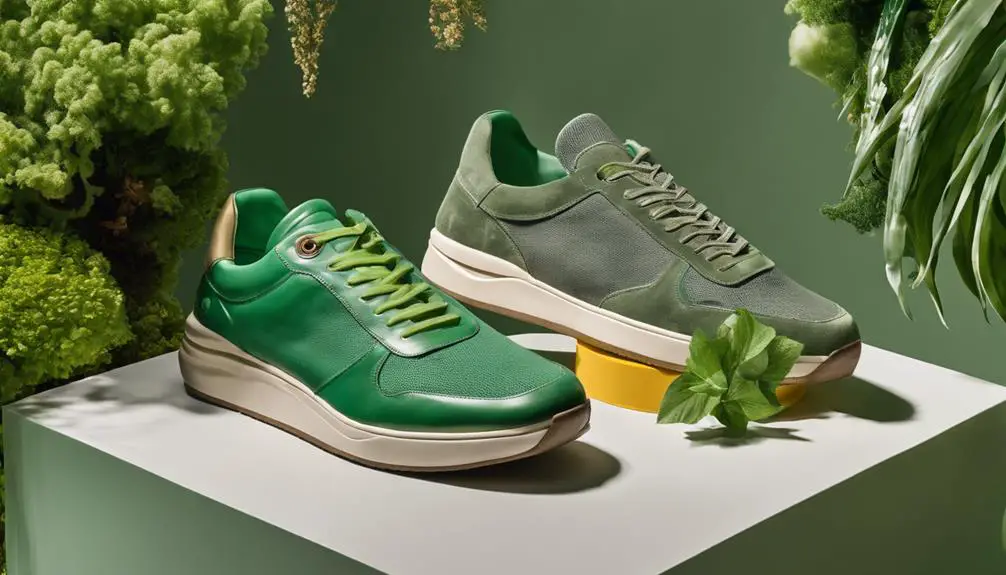
Sustainable footwear emerged as a significant trend in the 2010s, reflecting a growing awareness of environmental issues among consumers. You've likely noticed brands like Adidas and Nike stepping up their game, committing to sustainability in their designs. Initiatives such as Parley for the Oceans have produced sneakers made from recycled ocean plastic, showcasing how the industry is responding to your concerns about the planet.
As eco-conscious consumerism gained momentum, demand for sustainable sneaker options surged. You sought products that aligned with your values of environmental responsibility, prompting brands to innovate. Adidas' Futurecraft series, for instance, highlighted advanced 3D printing technology and machine-built one-piece uppers, emphasizing efficiency and reduced waste.
High-profile collaborations also became common, with notable brands integrating recycled materials and ethical manufacturing processes into their designs. The impact of this rise in sustainable footwear is evident in the flourishing segment within the sneaker industry, as brands race to meet your expectations. The fusion of style and sustainability has transformed how you view footwear, making it easier than ever to make environmentally friendly choices without sacrificing aesthetics or performance.
Shifts in Consumer Behavior
The 2010s marked a transformative era in sneaker culture, driven by a notable shift in consumer behavior. You've likely noticed how athleisure took center stage, with sneakers becoming sleek enough for both performance and style. This trend blurred the lines between gym wear and everyday fashion, making athletic footwear a staple in your wardrobe.
The sneaker resale market also emerged as a powerful influence, with platforms like StockX catering to your desire for exclusivity. Limited edition releases often sold for multiple times their retail price, reflecting how much you value unique designs. Collaborations between sneaker brands and high-fashion designers, such as the Off-White x Nike partnerships, further fueled your interest in standout pieces that elevate your style.
As sustainability gained traction, you started seeking eco-friendly options, pushing brands like Adidas to utilize recycled materials. This shift highlights a growing commitment to environmentally conscious purchasing decisions among consumers like you. Finally, social media played a vital role in shaping preferences, as influencers showcased specific styles, driving demand for certain models. Overall, your choices in sneakers have evolved remarkably, reflecting broader societal trends throughout the decade.
Future Directions for Sneakers
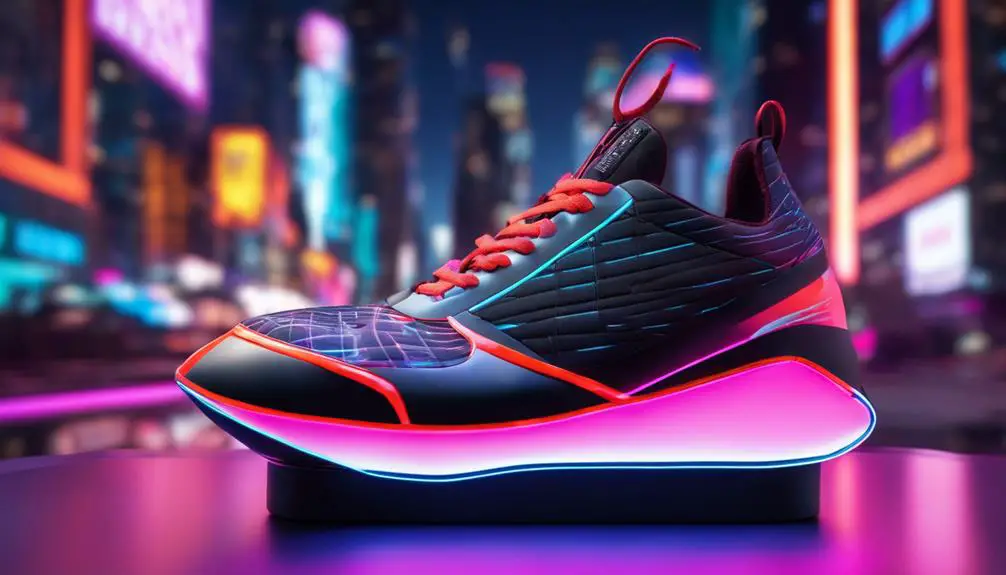
As sneaker culture evolves, future directions are shaping up to be both exciting and innovative. A significant focus is on sustainability, with brands like Adidas leading the charge by creating shoes from recycled ocean plastic and exploring eco-friendly materials. This commitment to the environment isn't just a trend; it's a necessity that resonates with conscious consumers.
Moreover, expect to see smart technologies integrated into future sneaker designs. Innovations like self-lacing systems and performance tracking, exemplified by the Nike Adapt BB, are just the beginning. Collaborations between footwear brands and tech companies will enhance functionality, paving the way for breakthroughs in both performance and user experience.
Customization is also on the rise, thanks to digital platforms and 3D printing technology. You'll soon have the ability to personalize your sneakers, ensuring a perfect fit and unique design that reflects your style. As athleisure continues to dominate the fashion landscape, future sneakers will prioritize comfort and practicality while embracing bold designs to capture a broader audience. The future of sneakers is not just about aesthetics; it's about creating responsible, cutting-edge footwear that meets your lifestyle needs.
Frequently Asked Questions
What Trainers Were Popular in the 2000s?
In the 2000s, you saw iconic trainers like Nike Air Max 97, Adidas Superstar, and Air Jordans thrive. Vans Old Skool and New Balance 574 also gained popularity, blending style, comfort, and cultural significance seamlessly.
What Was Men's Fashion in the 2010s?
In the 2010s, you saw men's fashion shift towards athleisure, combining comfort with style. Bold silhouettes and "ugly" sneakers emerged, while collaborations between high-fashion labels and streetwear brands redefined luxury, making fashion more accessible and dynamic.
What Are the Most Sought After Trainers?
You'll find the most sought-after trainers often feature limited releases, celebrity endorsements, and unique designs. Sneakerheads crave models like the Nike Air Yeezy, Air Jordan collaborations, and adidas YEEZY BOOST for their exclusivity and cultural significance.
What Mens Shoes Were Popular in Early 2000s?
In the early 2000s, you'd find Nike Air Force 1s and Adidas Superstars dominating streetwear. Retro models like the Nike Air Jordan 1 thrived, while skate culture propelled Vans and DC Shoes into popularity.
